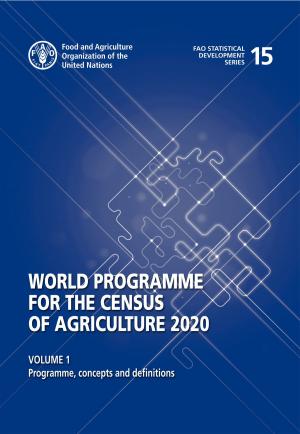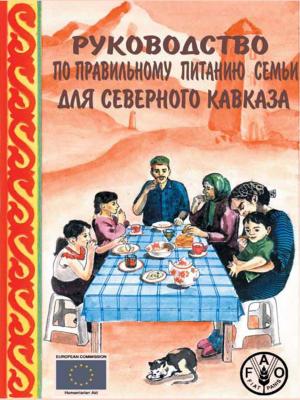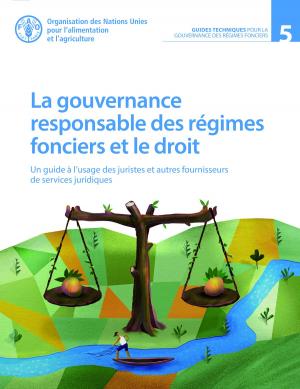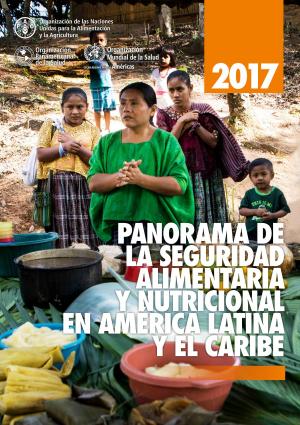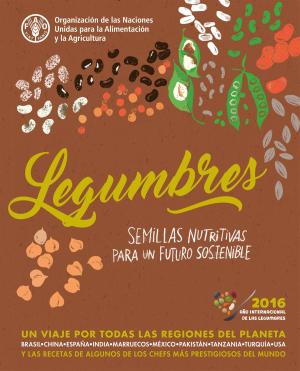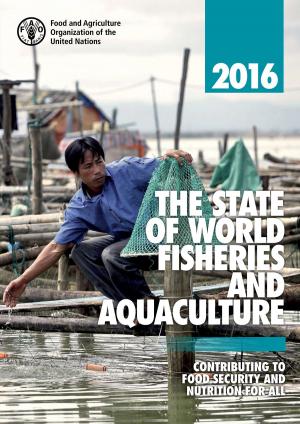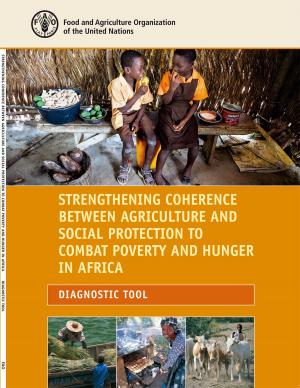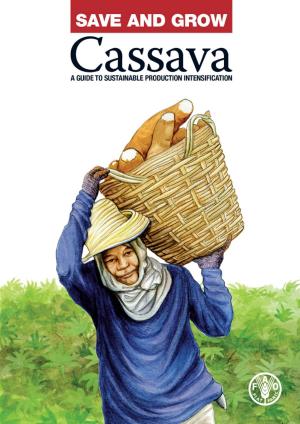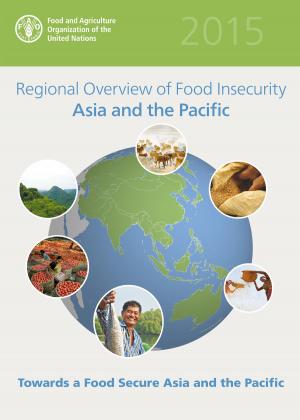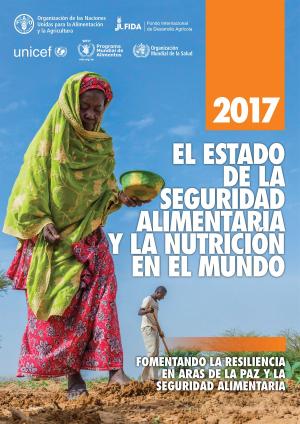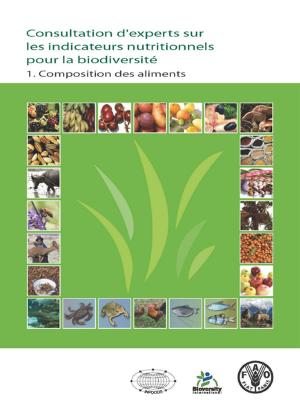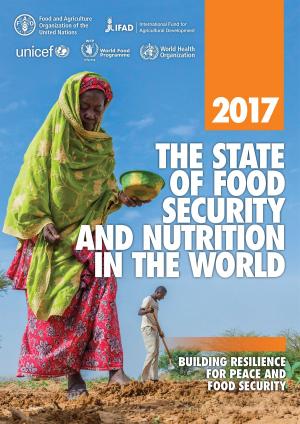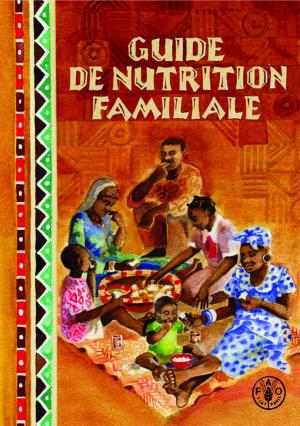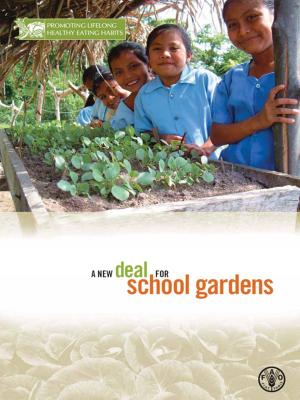Edible Insects: Future Prospects for Food and Feed Security
Nonfiction, Social & Cultural Studies, Social Science| Author: | Food and Agriculture Organization of the United Nations | ISBN: | 9789251078020 |
| Publisher: | Food and Agriculture Organization of the United Nations | Publication: | April 13, 2015 |
| Imprint: | Smashwords Edition | Language: | English |
| Author: | Food and Agriculture Organization of the United Nations |
| ISBN: | 9789251078020 |
| Publisher: | Food and Agriculture Organization of the United Nations |
| Publication: | April 13, 2015 |
| Imprint: | Smashwords Edition |
| Language: | English |
This book assesses the potential of insects as food and feed and gathers existing information and research on edible insects. The assessment is based on the most recent and complete data available from various sources and experts around the world. Insects as food and feed emerge as an especially relevant issue in the twenty-first century due to the rising cost of animal protein, food and feed insecurity, environmental pressures, population growth and increasing demand for protein among the middle classes. Thus, alternative solutions to conventional livestock and feed sources urgently need to be found. The consumption of insects, or entomophagy , therefore contributes positively to the environment and to health and livelihoods. This publication grew from a small effort in 2003 in the FAO Forestry Department to document the role of insects in traditional livelihood practices in Central Africa and to assess the impact of harvesting insects in their natural habitats on the sustainability of forests. This effort has since unfolded into a broad-based effort to examine the multiple dimensions of insect gathering and rearing to clarify the potential that insects offer for improving food security worldwide. The purpose of this book is to bring together for the first time the many opportunities for, and constraints on, using insects as food and feed
This book assesses the potential of insects as food and feed and gathers existing information and research on edible insects. The assessment is based on the most recent and complete data available from various sources and experts around the world. Insects as food and feed emerge as an especially relevant issue in the twenty-first century due to the rising cost of animal protein, food and feed insecurity, environmental pressures, population growth and increasing demand for protein among the middle classes. Thus, alternative solutions to conventional livestock and feed sources urgently need to be found. The consumption of insects, or entomophagy , therefore contributes positively to the environment and to health and livelihoods. This publication grew from a small effort in 2003 in the FAO Forestry Department to document the role of insects in traditional livelihood practices in Central Africa and to assess the impact of harvesting insects in their natural habitats on the sustainability of forests. This effort has since unfolded into a broad-based effort to examine the multiple dimensions of insect gathering and rearing to clarify the potential that insects offer for improving food security worldwide. The purpose of this book is to bring together for the first time the many opportunities for, and constraints on, using insects as food and feed

